Femur — Photo
L
2000 × 2000JPG6.67 × 6.67" • 300 dpiStandard License
XL
4096 × 4096JPG13.65 × 13.65" • 300 dpiStandard License
super
8192 × 8192JPG27.31 × 27.31" • 300 dpiStandard License
EL
4096 × 4096JPG13.65 × 13.65" • 300 dpiExtended License
The femur or thigh bone, is the most proximal (closest to the center of the body) bone of the leg in tetrapod vertebrates capable of walking or jumping, such as most land mammals, birds, many reptiles such as lizards, and amphibians such as frogs.
— Photo by sciencepics- Authorsciencepics

- 63058391
- Find Similar Images
- 4.7
Stock Image Keywords:
Same Series:




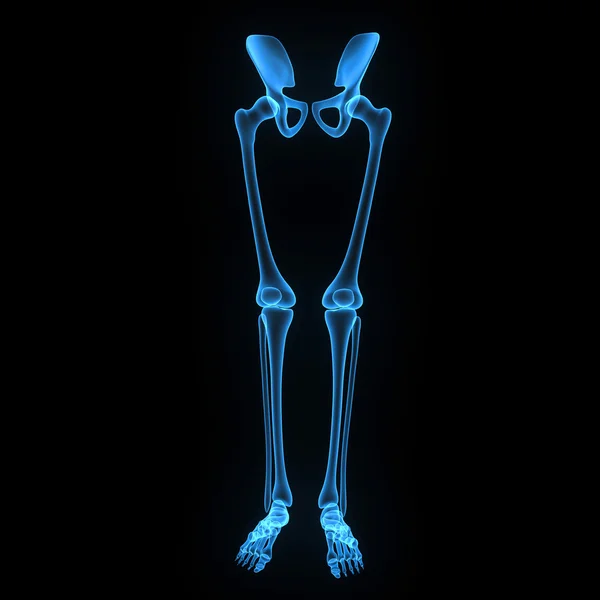

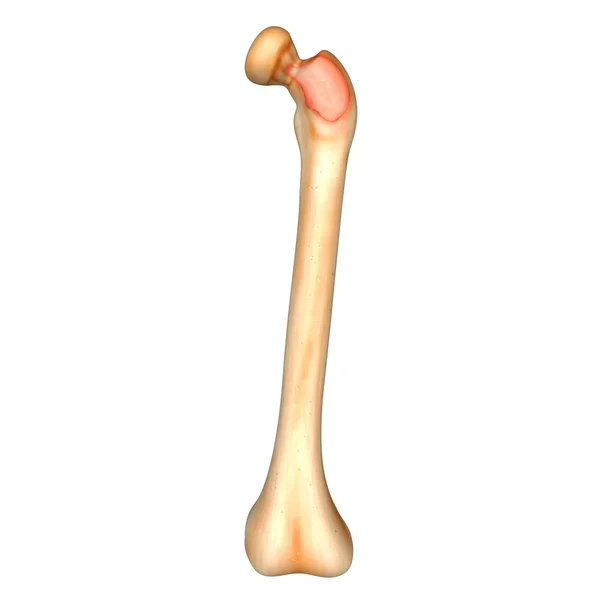


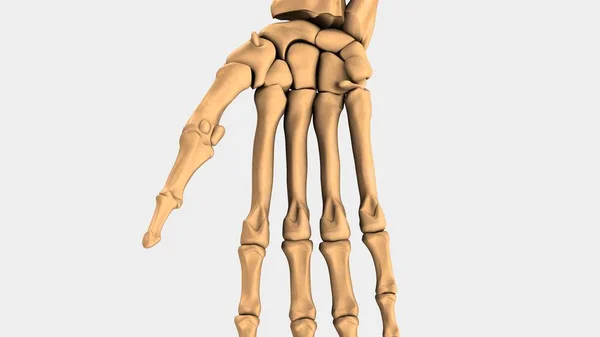

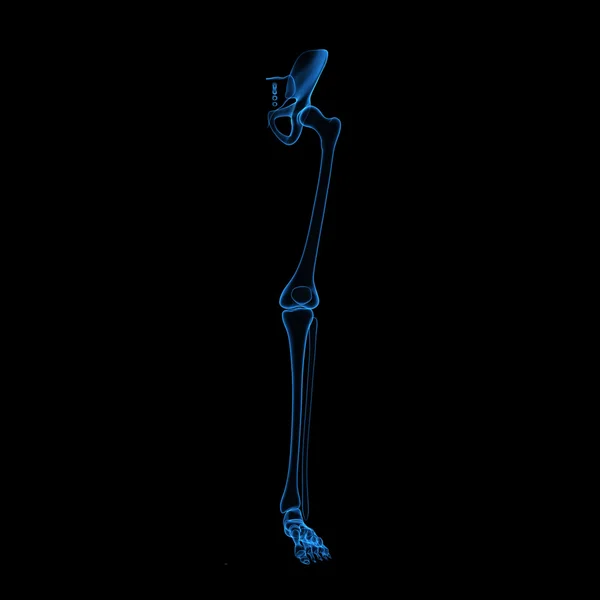
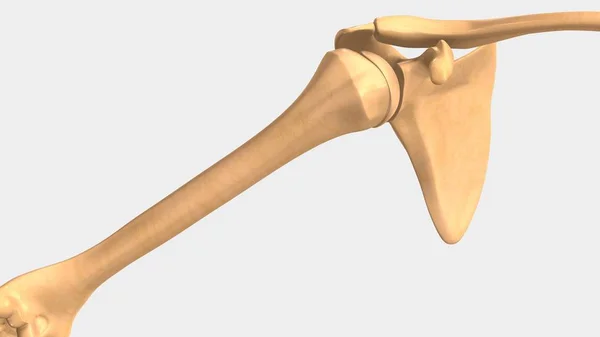


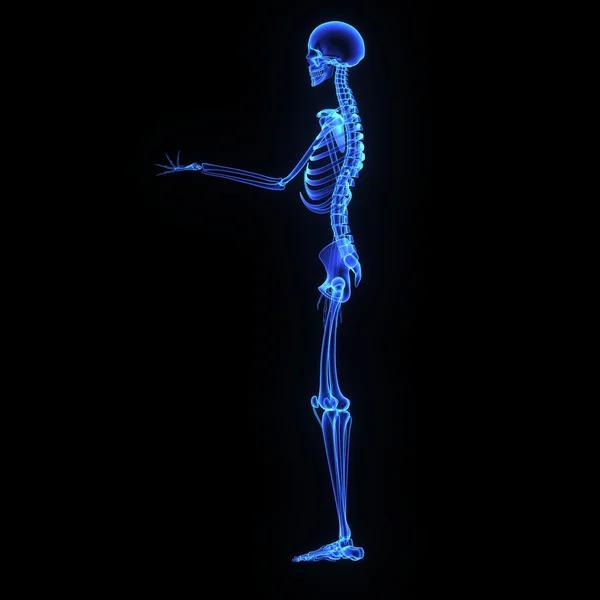
Similar Stock Videos:
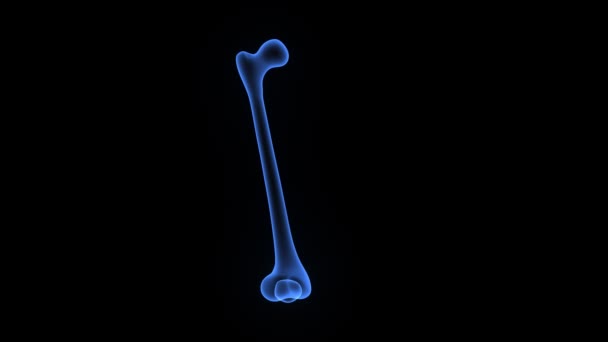
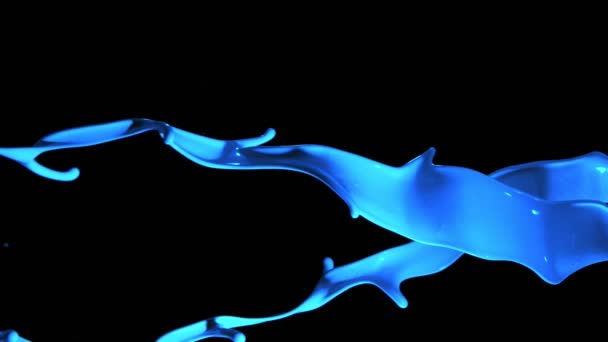

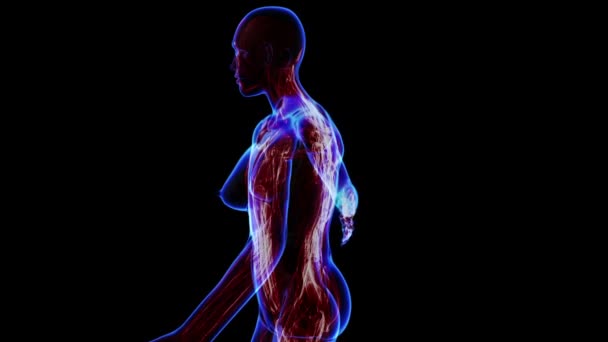
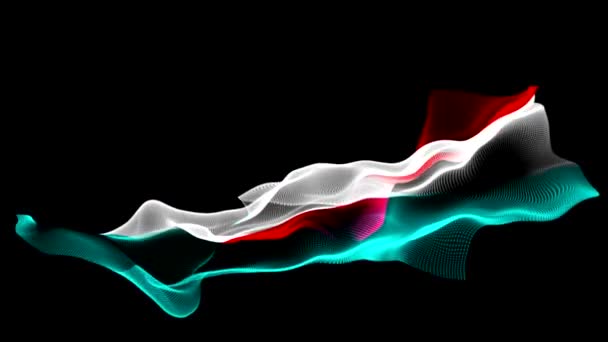
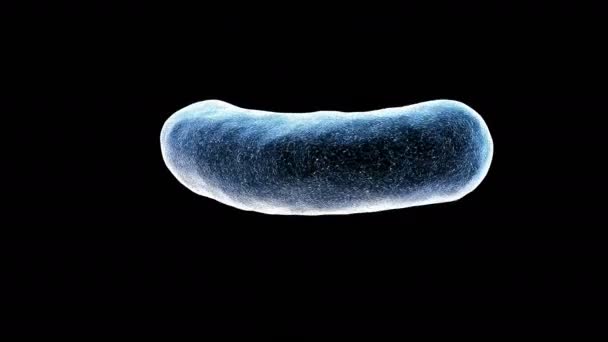
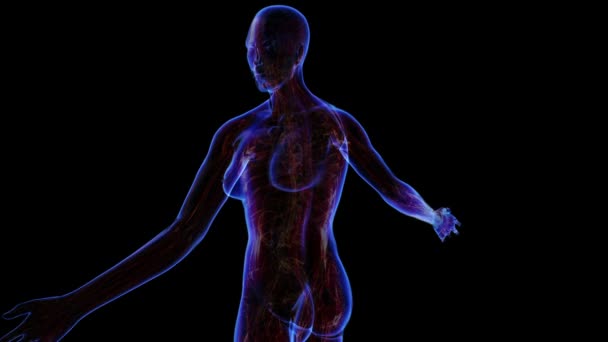
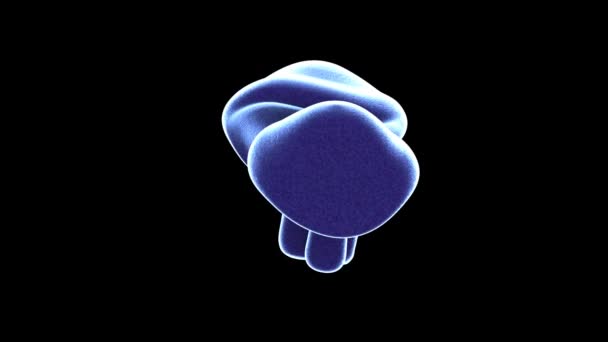


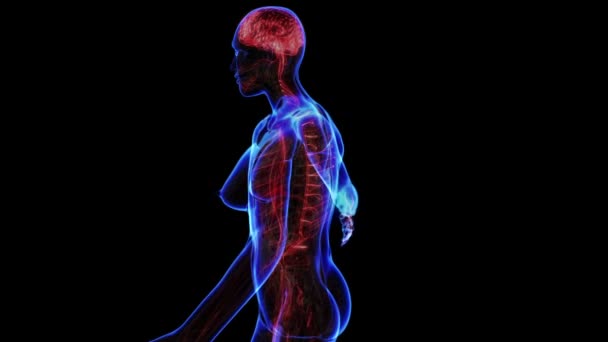
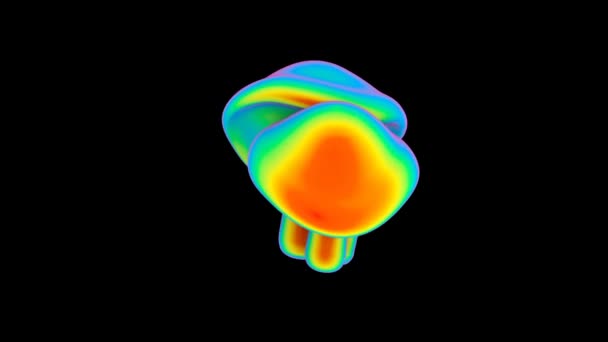
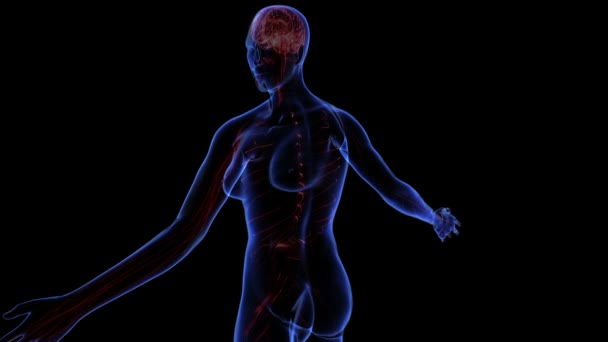

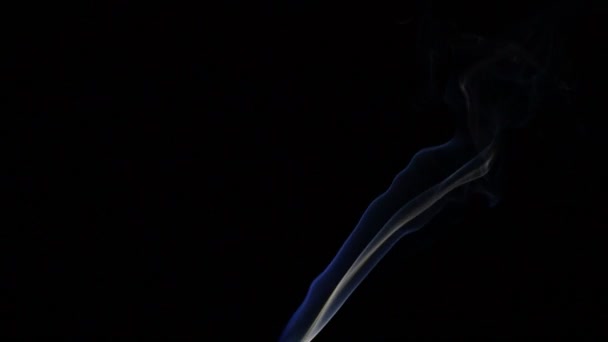

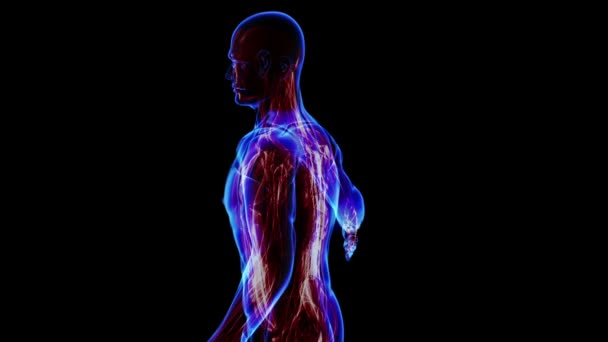
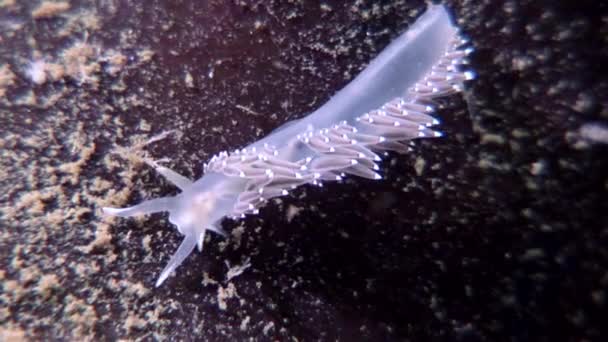
Usage Information
You can use this royalty-free photo "Femur" for personal and commercial purposes according to the Standard or Extended License. The Standard License covers most use cases, including advertising, UI designs, and product packaging, and allows up to 500,000 print copies. The Extended License permits all use cases under the Standard License with unlimited print rights and allows you to use the downloaded stock images for merchandise, product resale, or free distribution.
You can buy this stock photo and download it in high resolution up to 4096x4096. Upload Date: Jan 23, 2015
